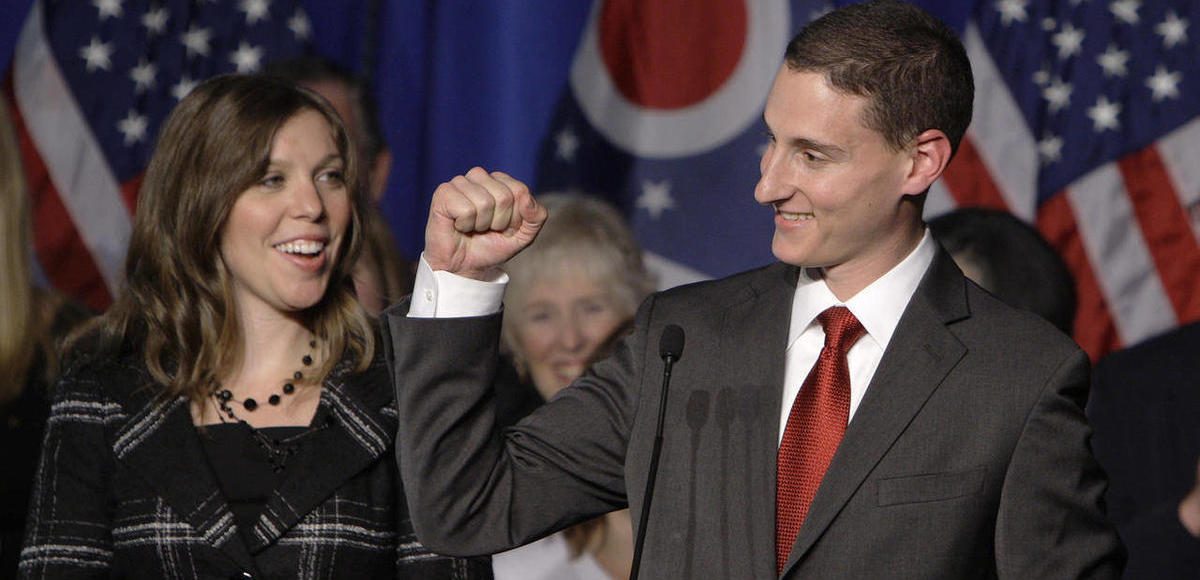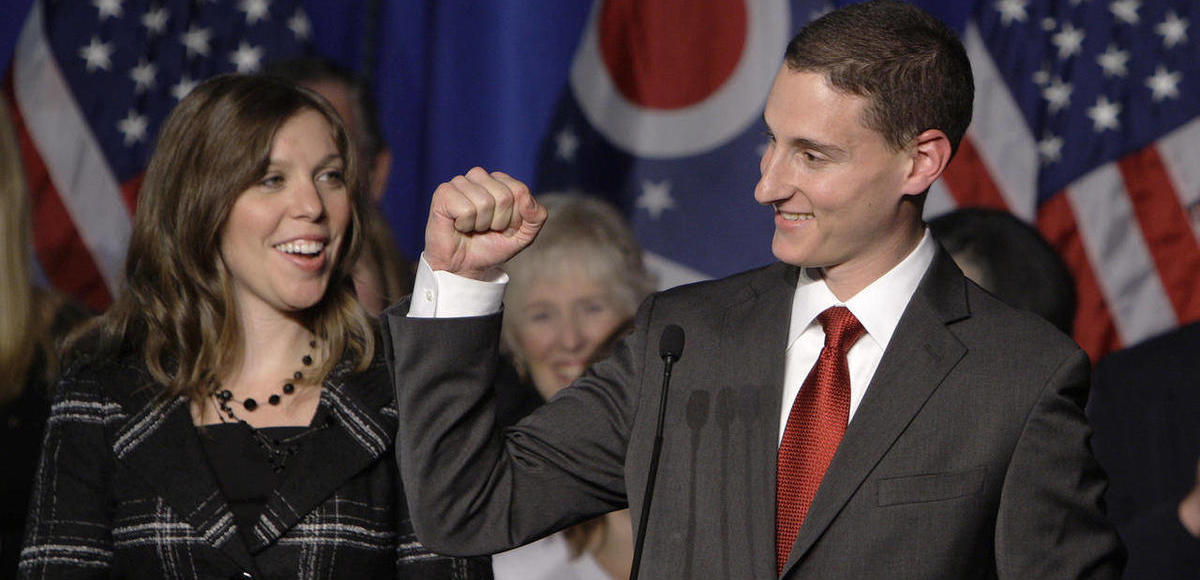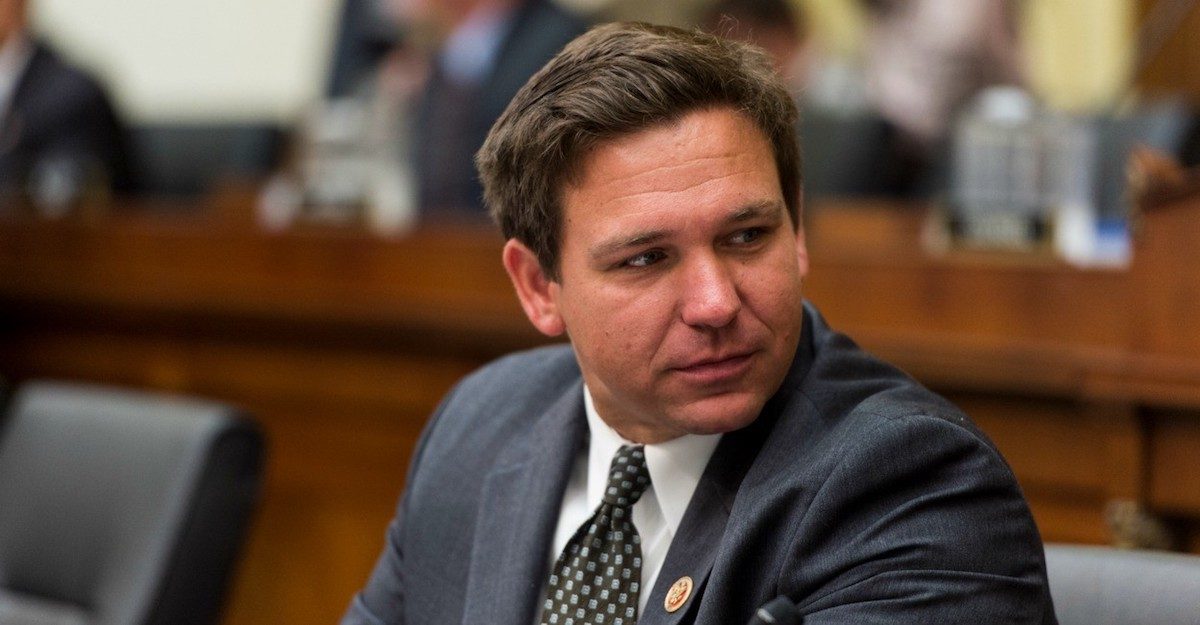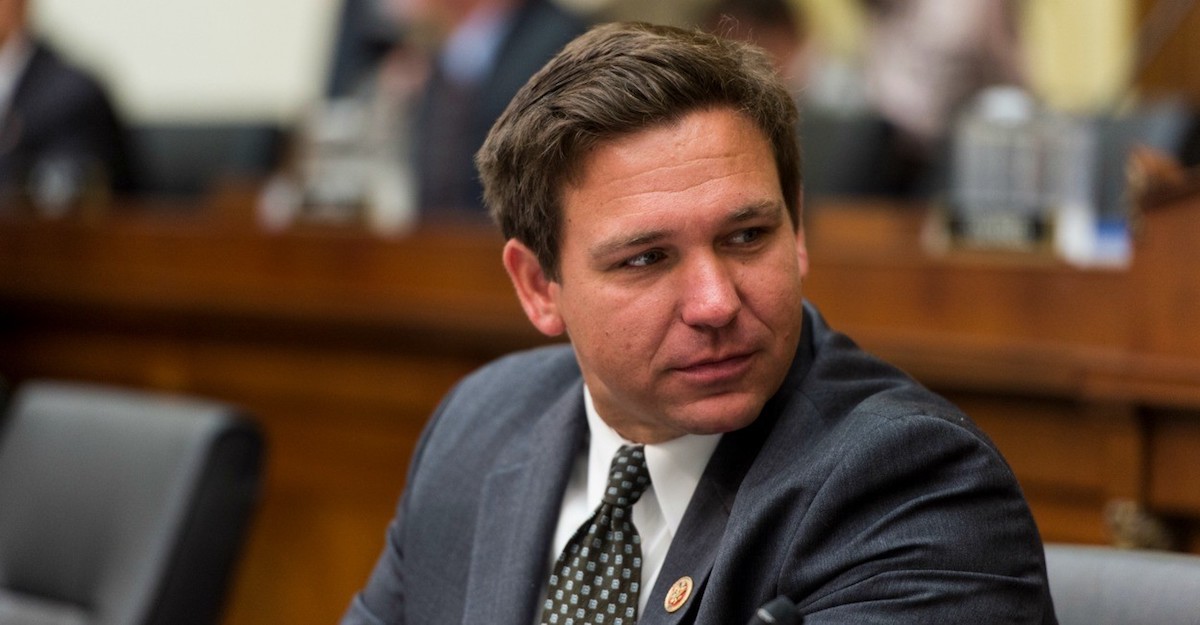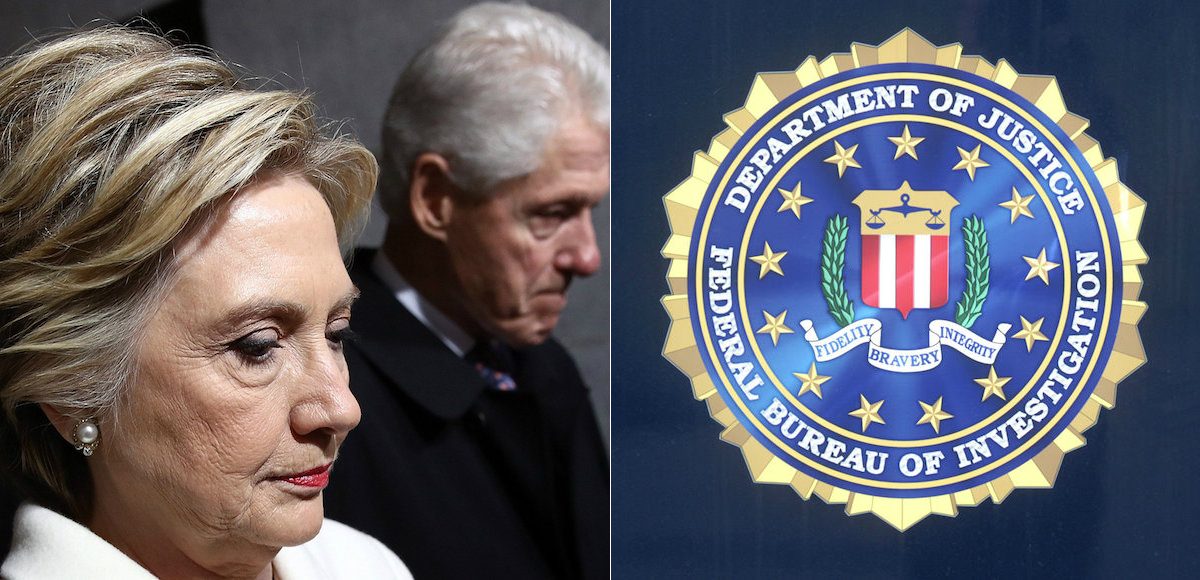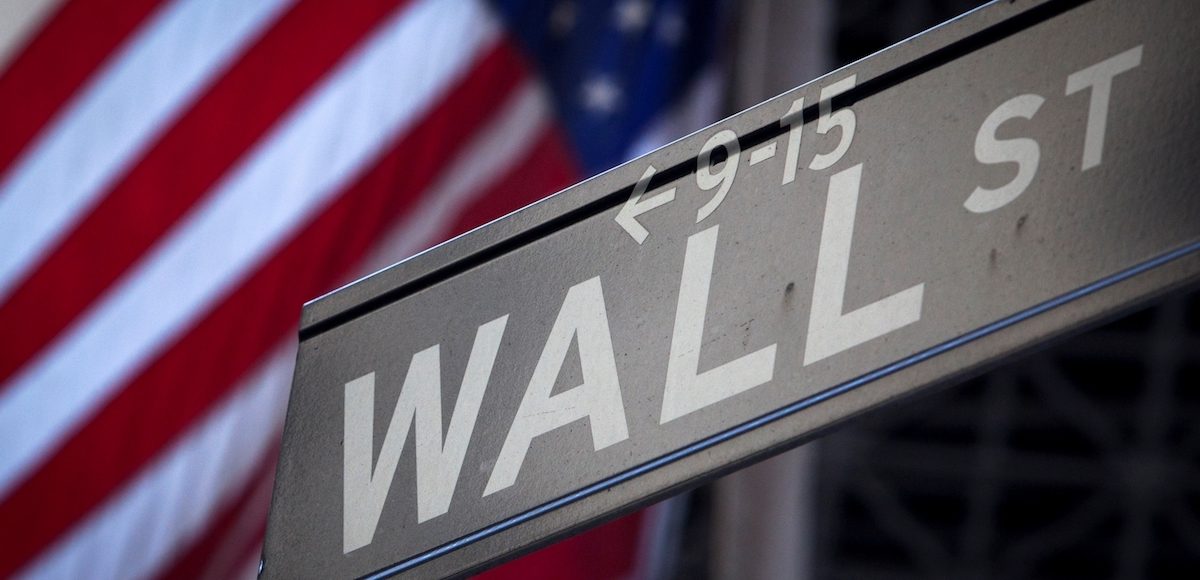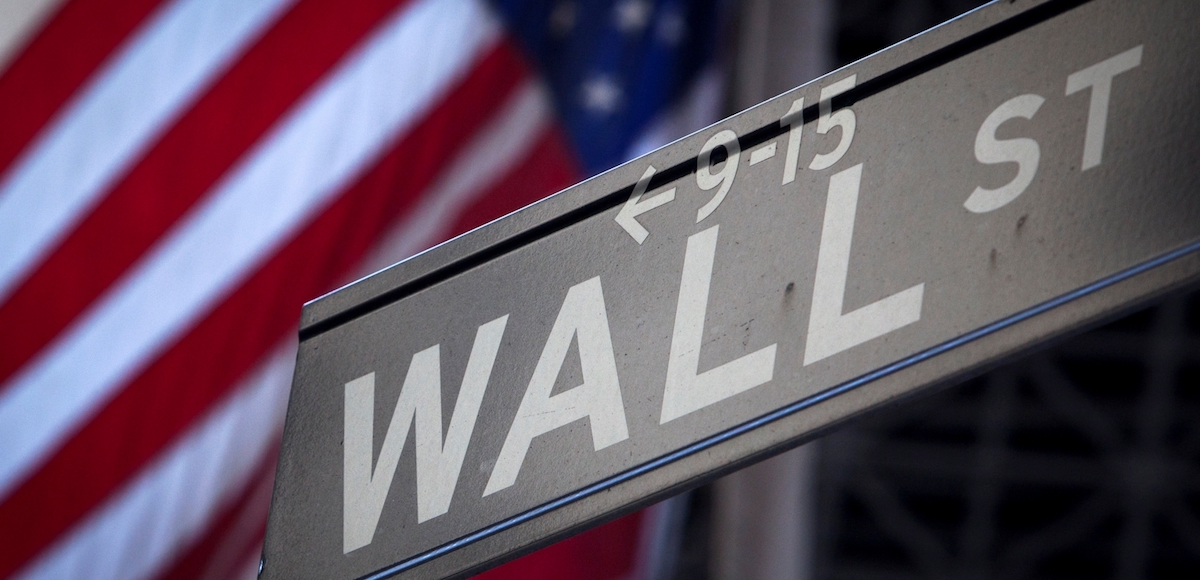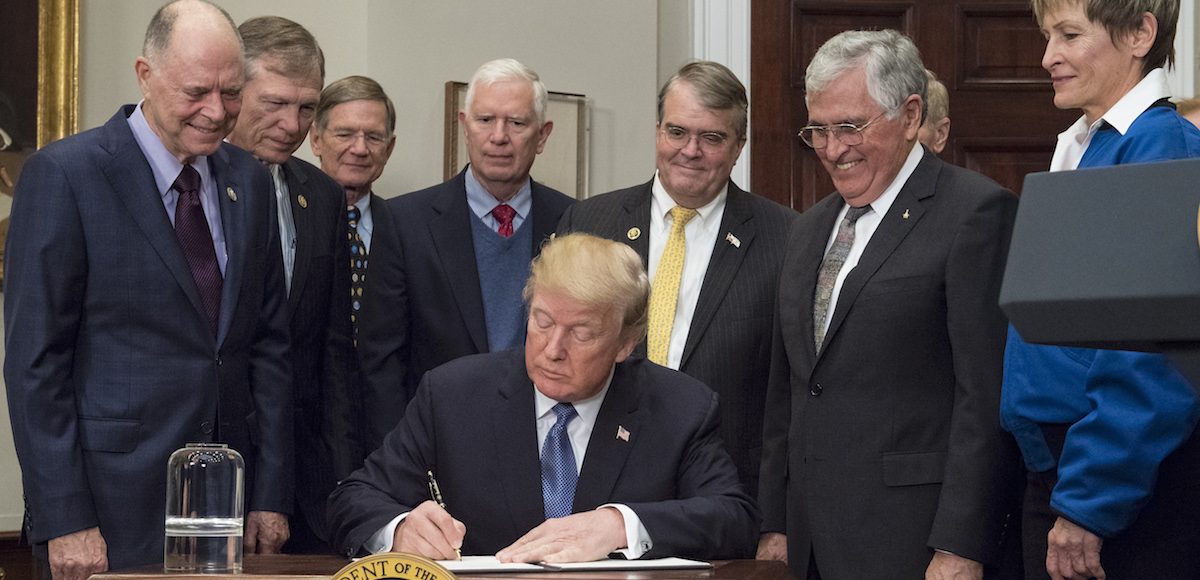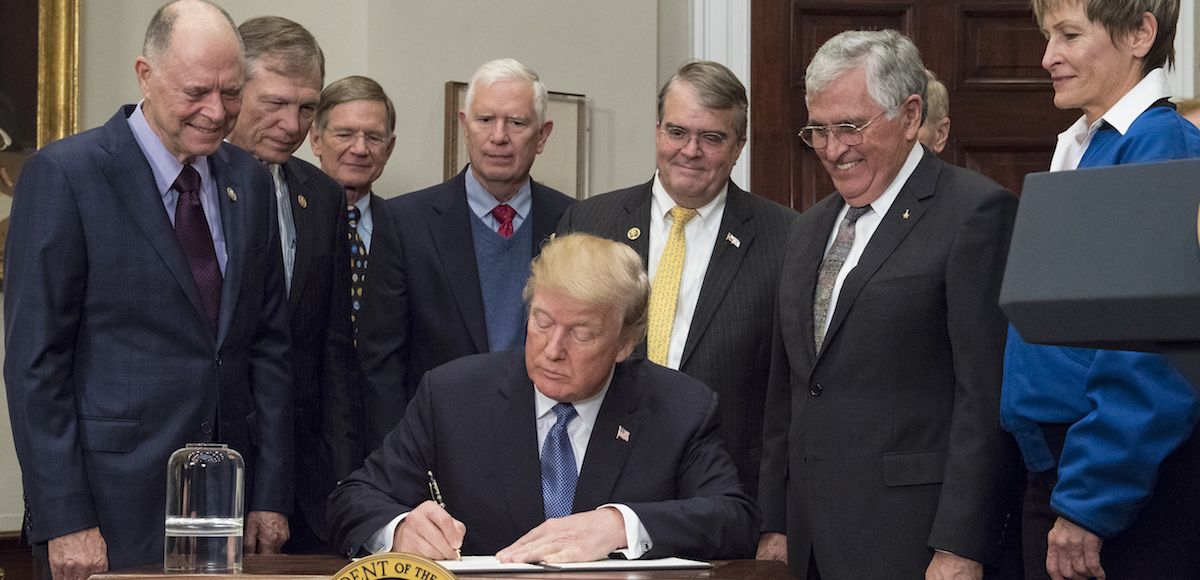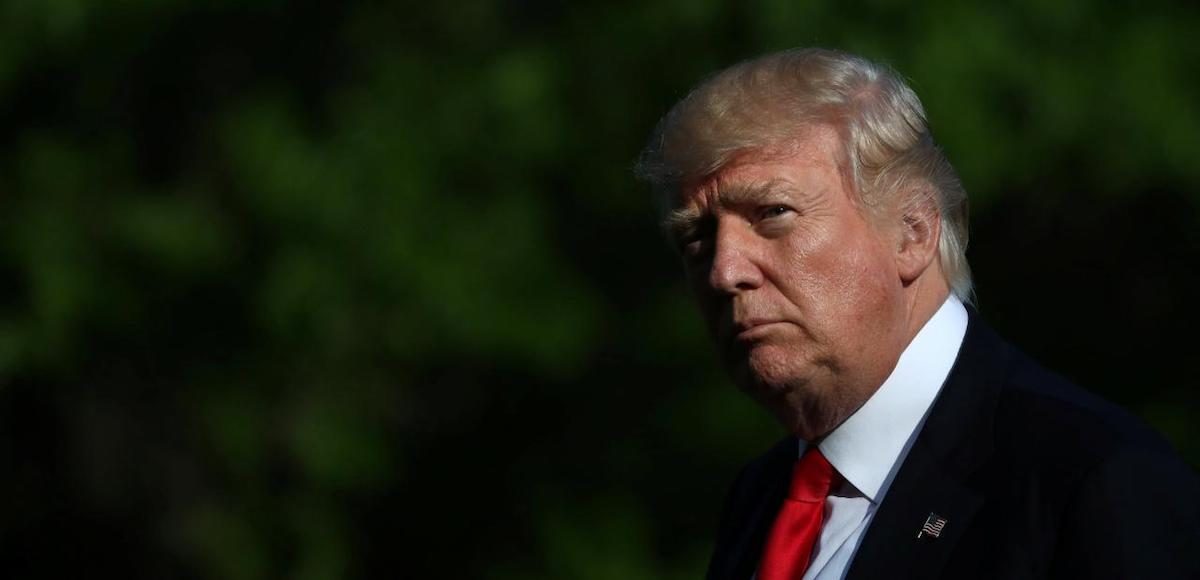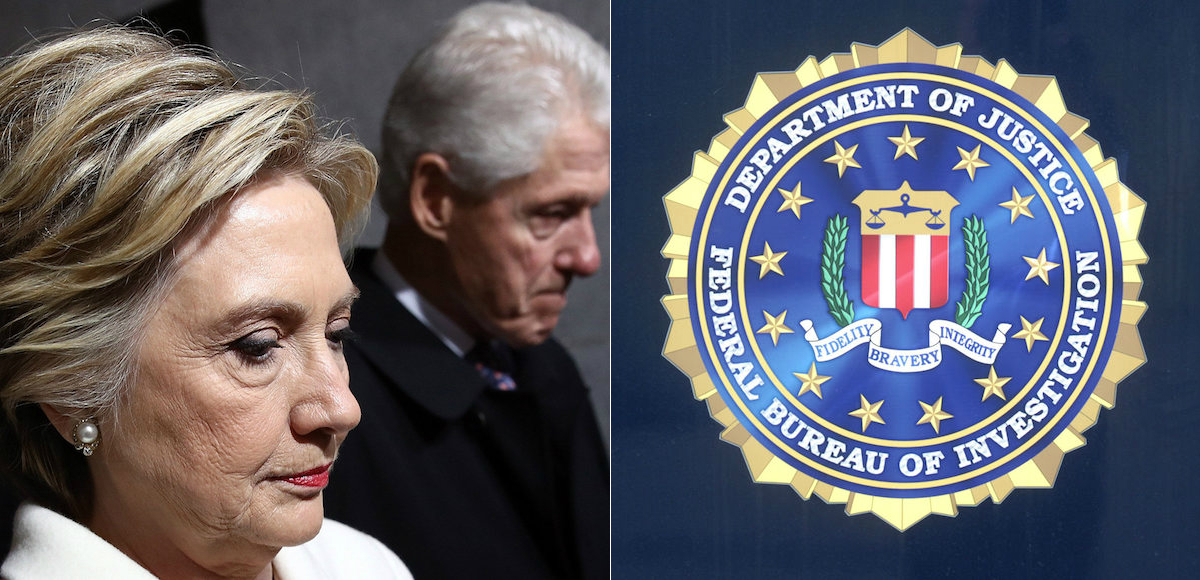
Hillary Clinton and Bill Clinton, left, attend a meeting with President Donald J. Trump on Inauguration Day. FBI graphic, right. (Photo: AP)
The Justice Department (DOJ) has launched a new investigation into allegations the Clinton Foundation used “pay to play” politics while Hillary Clinton served as Secretary of the U.S. State Department. The Hill first reported the reopening of the investigation on Thursday, which sources confirmed is being led jointly by the U.S. Attorney’s office and the Federal Bureau of Investigation (FBI) in Little Rock, Arkansas.
Federal agents from Little Rock, where the Clinton Foundation was started, have interviewed at least one witness in the last month, though they are expecting to ramp up activities in the coming weeks. In addition to looking into pay-for-play allegations, the probe is examining potential tax law violations.
One witness recently interviewed by the FBI described the session to The Hill as ‘extremely professional and unquestionably thorough’ and focused on questions about whether donors to Clinton charitable efforts received any favorable treatment from the Obama administration on a policy decision previously highlighted in media reports.
However, while the investigation is technically considered new, People’s Pundit Daily (PPD) has learned that the agents are building on evidence gathered over a more than year-long period. Material dates back to connected investigations dating back to the early years of the Obama Administration.
“Let’s call this what it is: a sham,” Clinton’s chief spokesman Nick Merrill said on Friday. “This is a philanthropy that does life-changing work, which Republicans have tried to turn into a political football. It began with a now long-debunked project spearheaded by Steve Bannon during the presidential campaign. It continues with Jeff Sessions doing Trump’s bidding by heeding his calls to meddle with a department that is supposed to function independently.”
The new investigation comes after DOJ confirmed it received multiple referrals for criminal investigations over the past year related to Uranium One and the Clinton Foundation. Circa News reported that the referrals sent to the Justice Department have led to ongoing investigations into the controversial deal that allowed 20% of U.S. uranium resources to be placed under the control of Moscow.
DOJ spokeswoman Sarah Isgur Flores said “the department takes seriously all allegations from Congress of criminal conduct in determining whether to open an investigation.” She said that “requests to open an investigation would be referred to the appropriate investigative agency, such as the FBI, for review.”
A bombshell report recently revealed the FBI uncovered a massive bribery, corruption and racketeering scheme before the Obama Administration approved the deal. The revelation came shortly after the Trump DOJ cleared a confidential informant for the FBI)to testify before Congress on Uranium One.
The decision lifted an unprecedented non-disclosure agreement, allowing him to testify about what he witnessed undercover surrounding Russia’s efforts to corner the global uranium market. It could also prove damning to Special Counsel Robert Mueller, who ran the FBI during what numerous experts say appears to be a scheme to coverup potential crimes resulting from the deal.
Then-U.S. Attorney Rod Rosenstein, who is now the Deputy Attorney General and the man who appointed Mr. Mueller, oversaw the investigation.
FBI documents show Vadim Mikerin, the director of Rosatom’s Tenex in Moscow, was engaged in illegal activity as early as the fall of 2009. That could prove challenging to federal investigators given the statute of limitations on many of the alleged crimes is 5 years.
“As part of the scheme, Mikerin, with the consent of higher level officials at TENEX and Rosatom (both Russian state-owned entities) would offer no-bid contracts to US businesses in exchange for kickbacks in the form of money payments made to some offshore banks accounts,” Agent David Gadren testified. “Mikerin apparently then shared the proceeds with other co-conspirators associated with TENEX in Russia and elsewhere.”
However, the Obama Administration still allowed him to enter the country with a L1 temporary work visa in December 2011.
At the time, the FBI had gathered substantial evidence against him and the Russian plot to corner the global uranium market. Worth noting, the Uranium One deal did not permit the exporting of the material out of the U.S., but unknown quantities have been exported to unknown nations and parties.
A Russian bank pushing the Uranium One deal paid former President Bill Clinton roughly $500,000 in 2010 for a speaking fee, while all of the board members from Rosatom donated to the Clinton Foundation, bringing the total upwards of $100 million.
Senator Chuck Grassley, R-Iowa, Chairman of the Senate Judiciary Committee, called for another special counsel to investigate the Obama-Clinton era deal, particularly given Mr. Mueller’s role in the investigation. While his committee has launched a probe as well, only the powers granted to a federal prosecutor can get to the bottom of what appears to be a clear cut Clinton quid pro quo.
A growing number of lawmakers in both the House and Senate have joined Chairman Grassley in that call.


